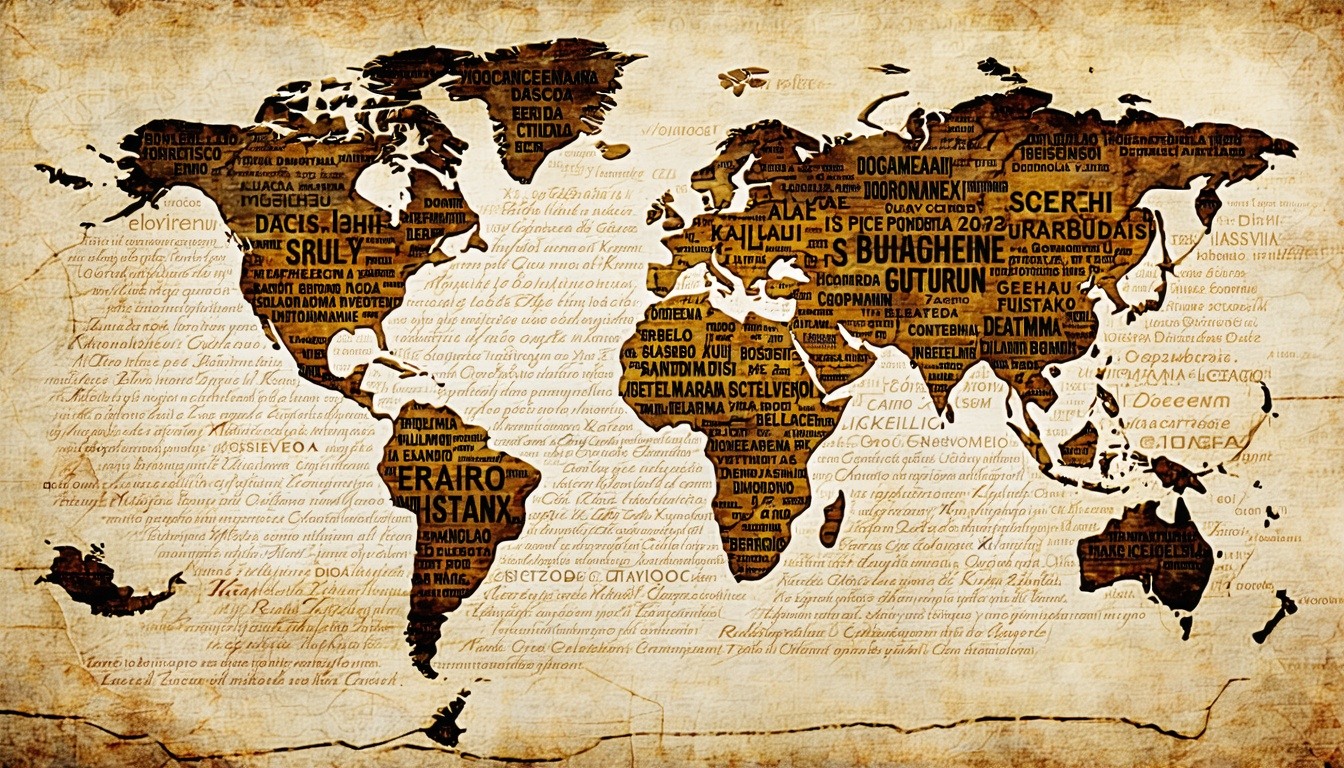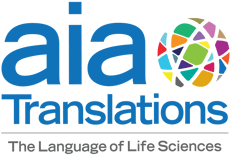From Ancient Tongues to Global Voices: The Evolution of Language
Culture • Apr 14, 2025 12:00:00 PM

Language is one of humanity’s most remarkable inventions. From the first utterances of early humans to the thousands of languages spoken across the world today, language has evolved alongside civilizations, shaping and reflecting culture, science, and human understanding.
The Origins of Language
The precise origins of language remain a topic of scholarly debate, but most experts agree that spoken language emerged tens of thousands of years ago, likely in Africa. These early languages were simple at first, composed of basic sounds and gestures, but over time, they developed into complex systems with grammar, syntax, and vocabulary.
As human populations migrated and settled in new regions, languages diversified. This diversification, influenced by geography, isolation, and cultural exchange, gave rise to the language families we recognize today—Indo-European, Sino-Tibetan, Afroasiatic, and many others.
How Languages Differ
Languages can differ dramatically in structure and form. Some have strict subject-verb-object orders (like English), while others are more flexible (like Latin or Russian). Some use tones to differentiate meaning (like Mandarin), and others rely on word order or inflections.
For pharmaceutical translation, these differences matter immensely. Translators must navigate not only medical terminology but also deep linguistic structures—understanding context, audience, and cultural nuance to ensure clarity, compliance, and patient safety.
Evolution Through Time
Languages are not static—they evolve. Latin, once the lingua franca of science and medicine, has evolved into modern Romance languages like Spanish, French, and Italian. English, shaped by Old Norse, Latin, and French, has become the global language of business and research.
Modern developments like globalization, digital communication, and international regulation have accelerated language change. New words enter our vocabulary constantly, especially in the medical and pharmaceutical fields. This dynamic environment demands skilled translators who are both linguistically adept and scientifically knowledgeable.
The Most Spoken Languages Today
According to current estimates, over 7,000 languages are spoken worldwide, but a few dominate in terms of speakers and global reach:
-
English – The primary language of international science, medicine, and business.
-
Mandarin Chinese – The most spoken native language, with over 900 million speakers.
-
Hindi – Widely spoken in India, a growing hub for pharmaceutical research.
-
Spanish – Spoken across Europe and the Americas, essential for reaching diverse populations.
-
Arabic, French, Bengali, Russian, Portuguese – Also among the top languages influencing global healthcare communication.
For pharmaceutical companies expanding into new markets, communicating effectively in these languages is not a luxury—it’s a necessity.
Why It Matters in Pharma
Accurate pharmaceutical translation can be a matter of life and death. Mistranslations in drug labels, instructions, or clinical trial documents can lead to serious consequences. At our company, we specialize in bridging linguistic gaps with precision, cultural awareness, and regulatory expertise.
By understanding the rich history and diversity of languages, we’re better equipped to serve our clients and, ultimately, the global patients who rely on clear, accurate information to make informed decisions about their health.
